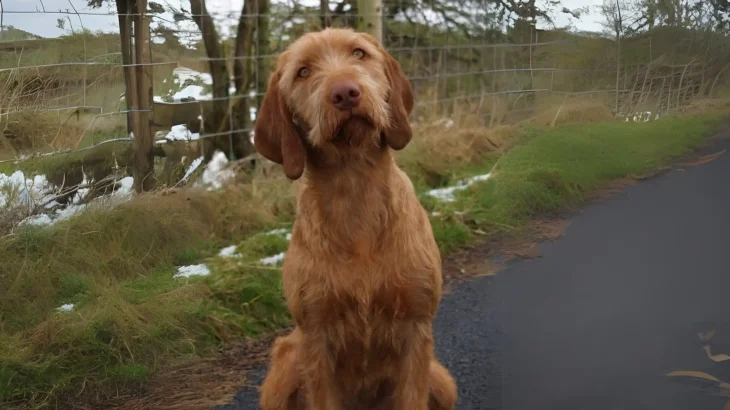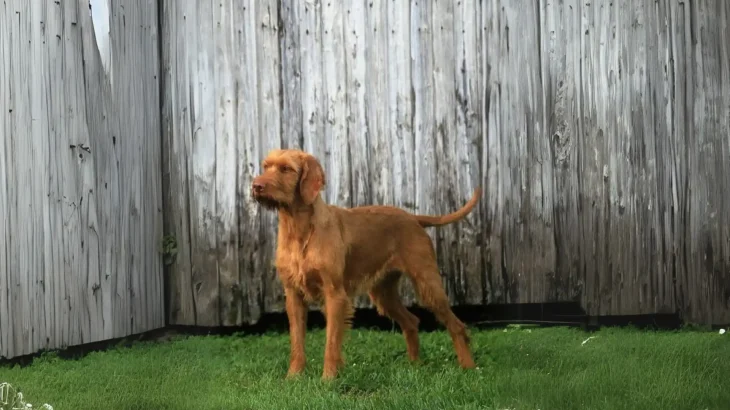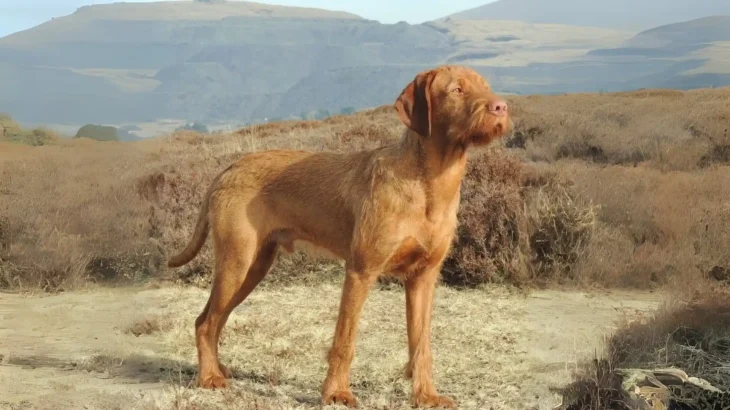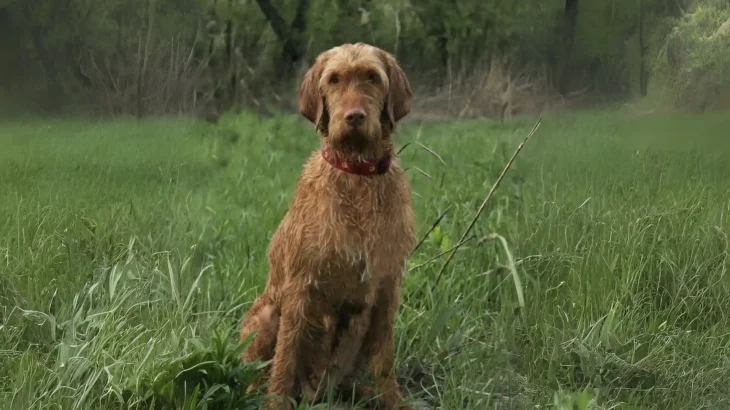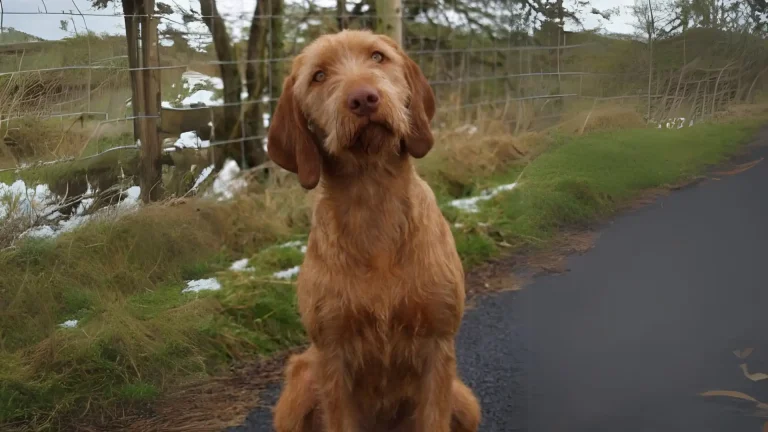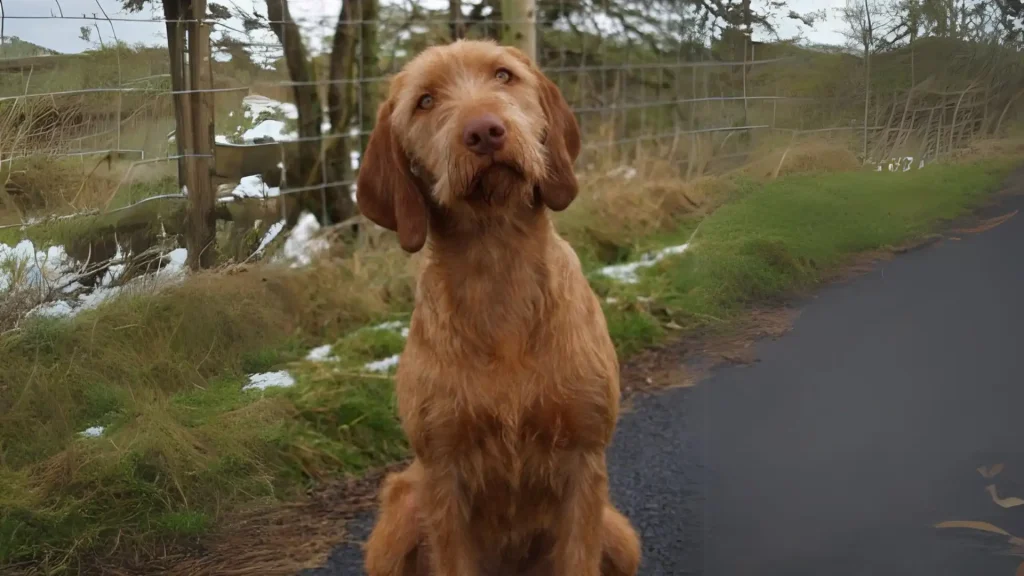Deciding between adopting or purchasing a Wirehaired Vizsla puppy depends largely on your priorities like cost, health assurance, and ethical considerations. Buying from a breeder often provides trusted health history and pedigree, while adoption offers the chance to give a home to a dog in need and may come with lower initial costs.
| Criteria | Buying from Breeder | Adopting from Shelter/Rescue |
|---|---|---|
| Cost | Higher initial cost due to breed rarity and pedigree; often several hundred to a few thousand dollars. | Lower adoption fees; usually more affordable, supporting rescue efforts. |
| Health History | Comprehensive health screening and genetic testing are typically available. | Health history may be limited or unknown; basic vet checks provided by shelters. |
| Age Availability | Primarily puppies, allowing you to raise and train from a young age. | More variety in age, often including adult dogs who may already be trained. |
| Temperament Insight | Breeders can provide detailed information about lineage temperament and suitability. | Shelter staff can report observed behaviors, although full background may be unknown. |
| Supporting Practices | Supports breeders who contribute to maintaining breed standards—important to choose reputable ones. | Supports animal welfare by giving a home to dogs in need and reducing shelter populations. |
| Breed Purity & Pedigree | Guaranteed pedigree and breed purity with documentation. | Breed purity cannot be guaranteed; mixes are common. |

